
Home Finishing has opened its doors
The first Home Finishing showrooms have now officially opened their doors in the Bulgarian cities of Varna and Burgas.
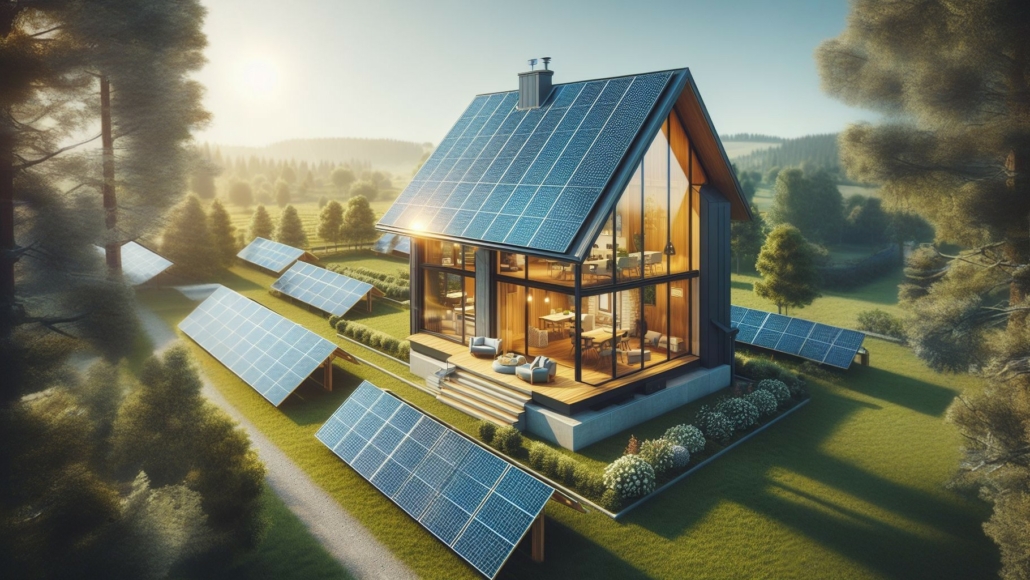
The sun, that brilliant sphere of energy in the sky, has become an increasingly appealing resource for homeowners seeking to harness clean, renewable power. Solar technology has advanced by leaps and bounds, offering us the choice between two main types of solar setups: on-grid and off-grid systems. But which system is the right fit for your sustainable living goals and energy independence aspirations?
Here, we’ll demystify the terms “on-grid” and “off-grid” and compare them extensively so you can make an informed decision that not only benefits the planet but also your household in the long run.
The first step in deciding between an on-grid or off-grid solar power system is understanding what each entails.
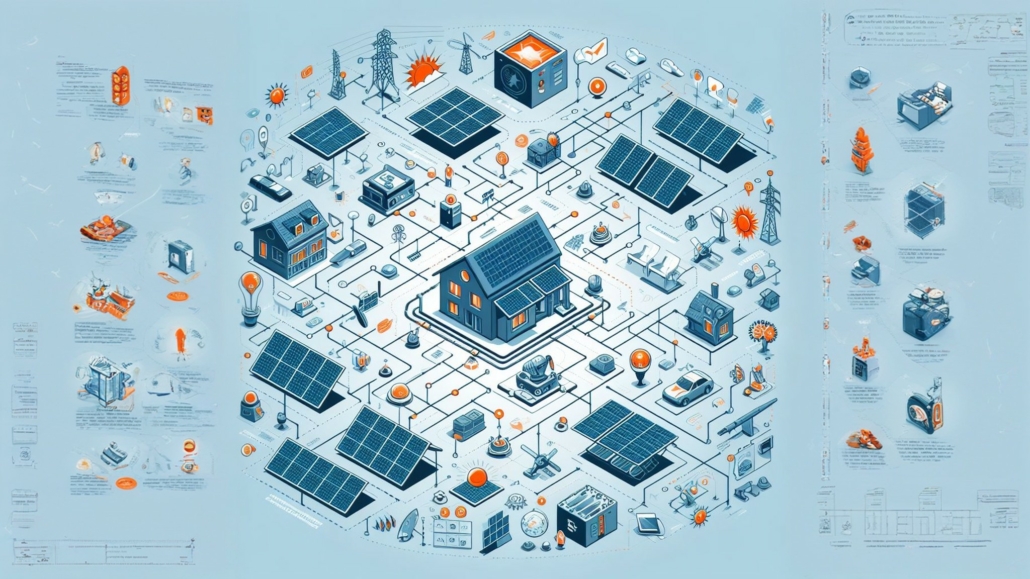
On-grid solar power, also known as grid-tie systems, is the most common type of installation, where solar panels are connected to the local utility’s electricity grid. Here’s what you need to know about its perks and pitfalls.
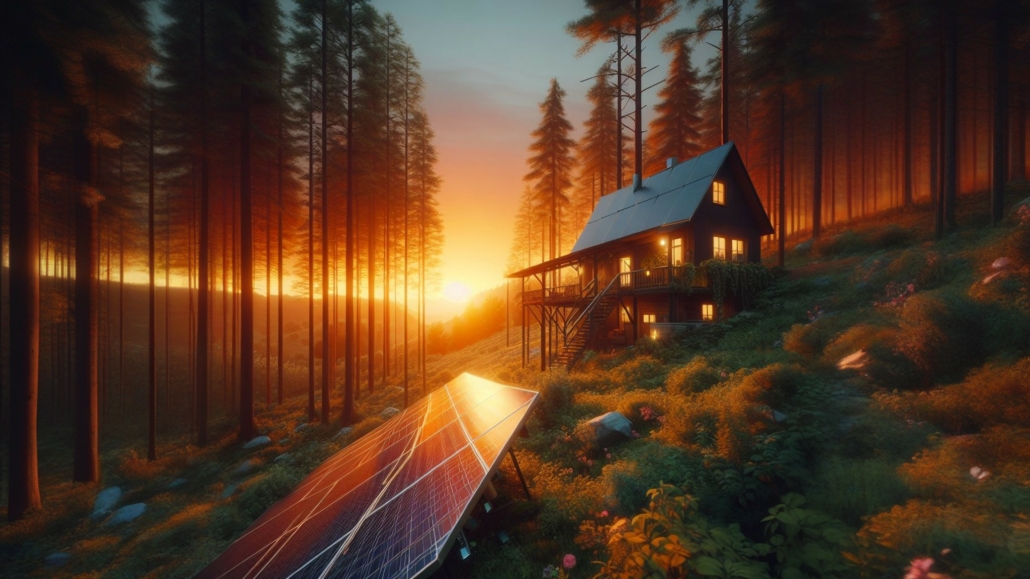
For those seeking complete independence from the utility grid, off-grid solar systems offer autonomy and self-sufficiency. Here’s a close look at the bright and dark sides of off-grid living.
The best of both worlds, hybrid solar systems, also known as grid-tie with backup, use an on-grid connection with a battery backup. They offer versatility and security but also come with their unique set of pros and cons.
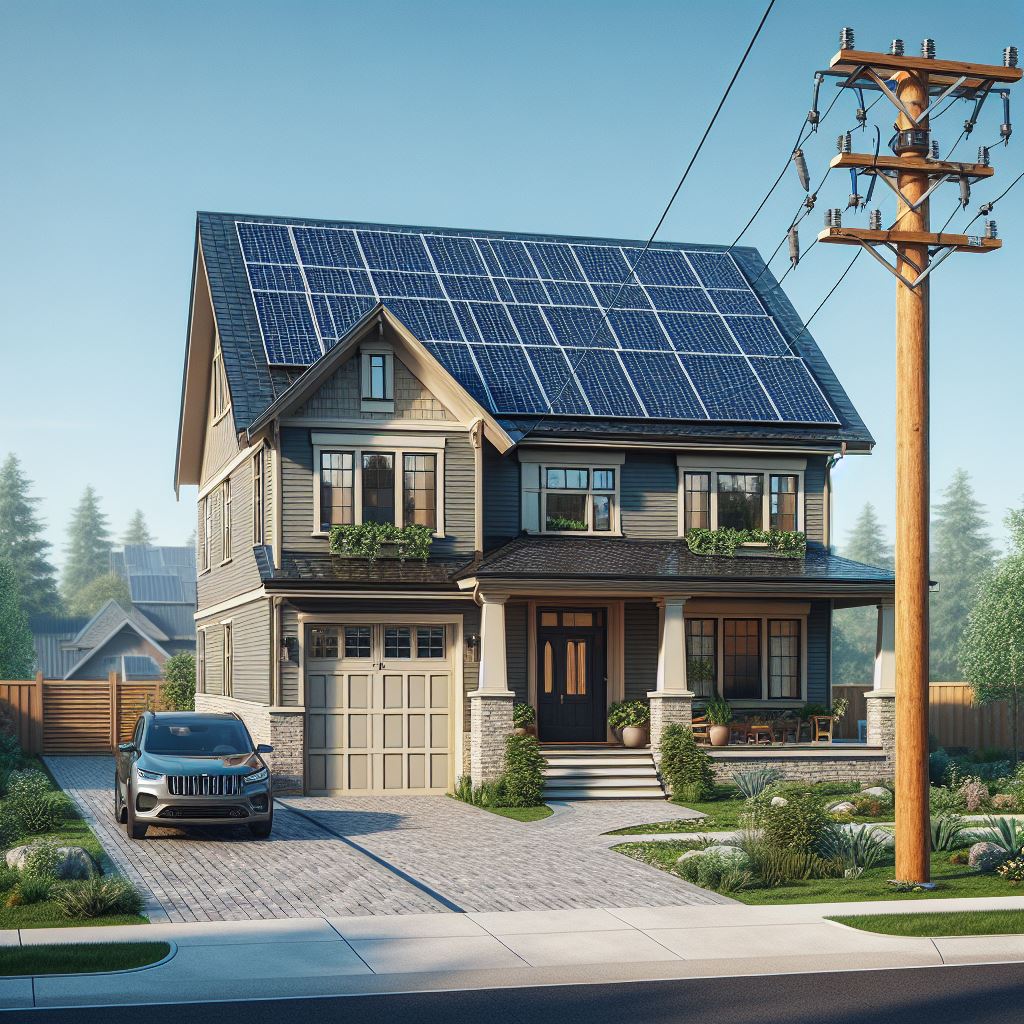
Choosing the right solar system is a balance between your energy needs, your location, and your long-term goals for energy use. Here are some things to consider:
In the end, the best solar system is the one that aligns most closely with your specific needs, goals, and constraints. Whether you opt for reliability with an on-grid system, independence with an off-grid setup, or the balance of a hybrid system, solar energy can be a smart and sustainable choice.
The ease of installation and the long-term upkeep of your system are practicalities that cannot be overlooked.
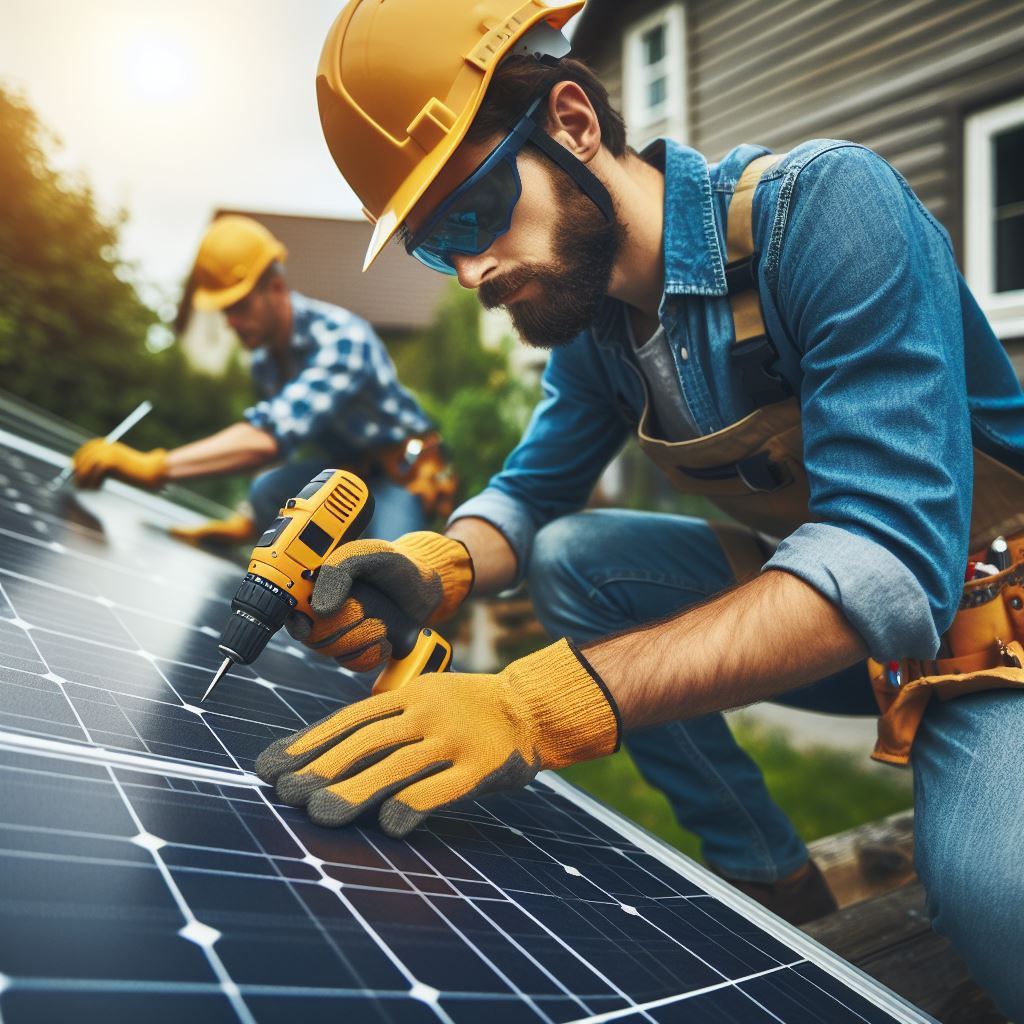
On-grid systems are typically easier to install, mainly because they don’t require battery storage. They also typically have lower maintenance costs, with the only regular requirement being to keep the panels clean and check connections.
Off-grid systems are more complex to install due to the inclusion of battery banks. They also require more maintenance, such as checking the charge levels of batteries and ensuring the entire setup runs smoothly.
Government policies, including rebates, tax incentives, and local regulations, can influence your decision on the type of system to install.
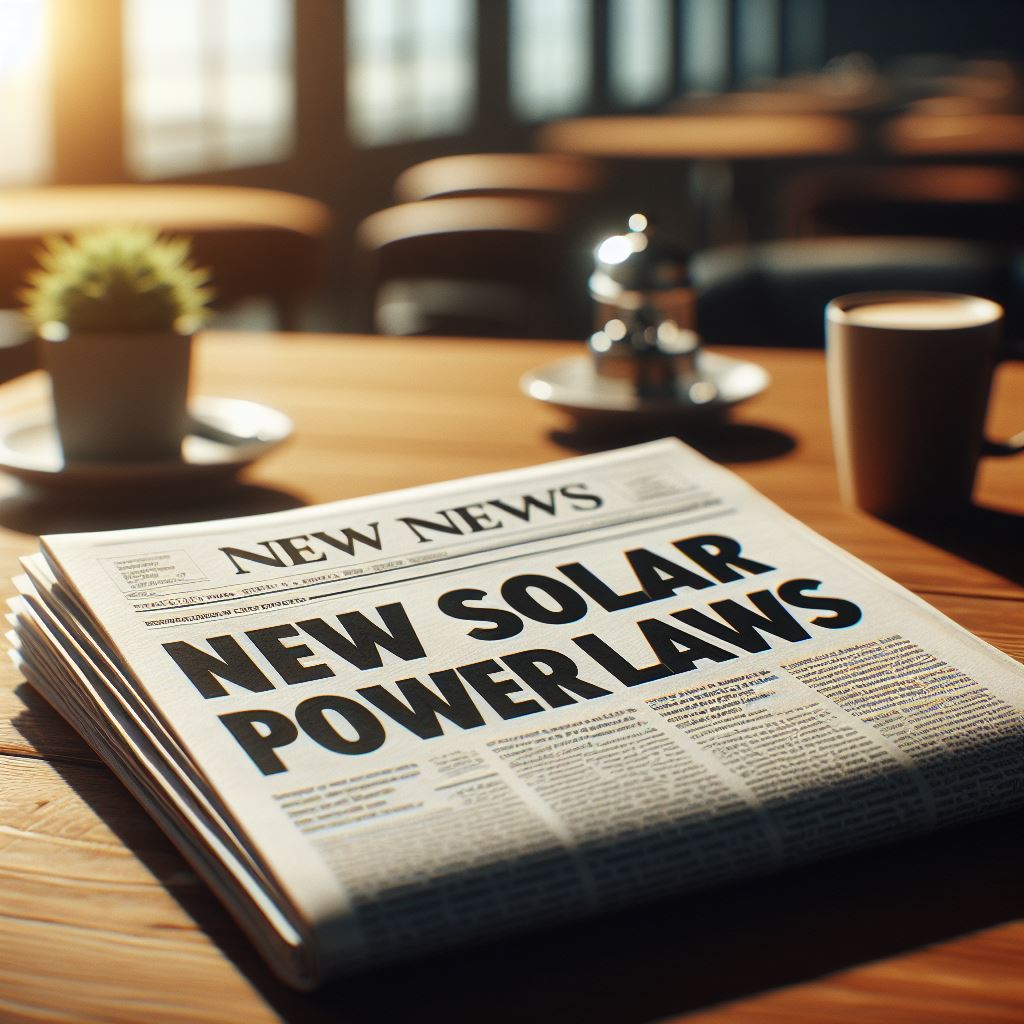
In recent years, policies surrounding on-grid solar power systems have evolved significantly, aiming to encourage the adoption of renewable energy sources. These policies vary widely across different jurisdictions but commonly include financial incentives such as tax credits, rebates, and feed-in tariffs that enable homeowners to earn money by selling excess electricity back to the grid. Some regions have implemented net metering policies, which allow for the exchange of energy between the solar power system and the grid, providing credits to solar owners when their systems produce more electricity than is consumed. These incentives not only lower the initial cost of installation but also ensure a quicker return on investment, stimulating the market for on-grid solar solutions.
However, navigating the landscape of on-grid solar power policies can be complex. Changes in government, economic fluctuations, and shifts in energy policy can impact the incentives available to homeowners and businesses. This uncertainty can pose challenges for individuals considering an on-grid solar system, as the economic viability of their investment may change. Despite these challenges, the trend in policy development reflects a growing recognition of the importance of renewable energy sources. Policymakers increasingly understand that supporting solar energy—through financial incentives, streamlined permitting processes, and support for grid infrastructure improvements—is crucial for achieving broader energy and environmental goals.
Unlike on-grid solar power policies, off-grid solar systems are often less directly impacted by specific government incentives or regulations due to their autonomous nature. However, several regions have started recognizing the need to support off-grid solutions, especially in remote or underserved areas. Policies might include subsidies for the initial setup costs, grants for research into more efficient and cost-effective storage solutions, and technical support programs aimed at ensuring that off-grid solar systems are correctly designed and installed..
In addition to financial assistance, some policies focus on education and training to bolster the off-grid solar sector. These programs aim to increase awareness of off-grid solar benefits, train installers and technicians in high-quality system setup, and ensure proper maintenance and troubleshooting. By investing in these areas, governments can make off-grid solar more accessible and viable for a broader segment of the population, contributing to energy independence and sustainability in regions where traditional grid access is unreliable or unavailable.
To summarize, here are some recommendations tailored to specific situations.
If you live in the city and are looking for a cost-effective way to go solar while reducing your environmental impact, an on-grid system is the way to go.
Those in suburban or rural areas have more flexibility. If you value reliability and want to save on electricity costs, on-grid systems may still be the best option. However, if being self-sufficient is a higher priority, an off-grid setup might be worth the investment.
Whether driven by reason or passion for sustainability, making the switch to solar is an investment in the future. Deciding between on-grid and off-grid systems is a personal journey that balances economic, environmental, and lifestyle factors unique to each homeowner.
The choice of solar system is a significant decision that can impact your household for decades. By understanding the intricacies of on-grid and off-grid systems, taking into consideration factors like environmental impact, economic feasibility, and system maintenance, you can make a choice that perfectly aligns with your values and goals.
Remember, it’s not just about the destination, but also about the path we choose to get there. In this case, the path could be lit by the very thing we’re trying to harness – the sun. Make your choice wisely, and enjoy the rays of a more sustainable future.

The first Home Finishing showrooms have now officially opened their doors in the Bulgarian cities of Varna and Burgas.

All you need to know about the Tuya Smart Corner Light in a single, detailed guide. Key components, features, connectivity, remote, smart app and a lot more.

Learn more about on-grid, off-grid and hybrid solar power systems, their pros and cons which one would work best in your case.

 The Tuya Smart Digital Corner Lamp Set – All You Need To Know
The Tuya Smart Digital Corner Lamp Set – All You Need To Know 